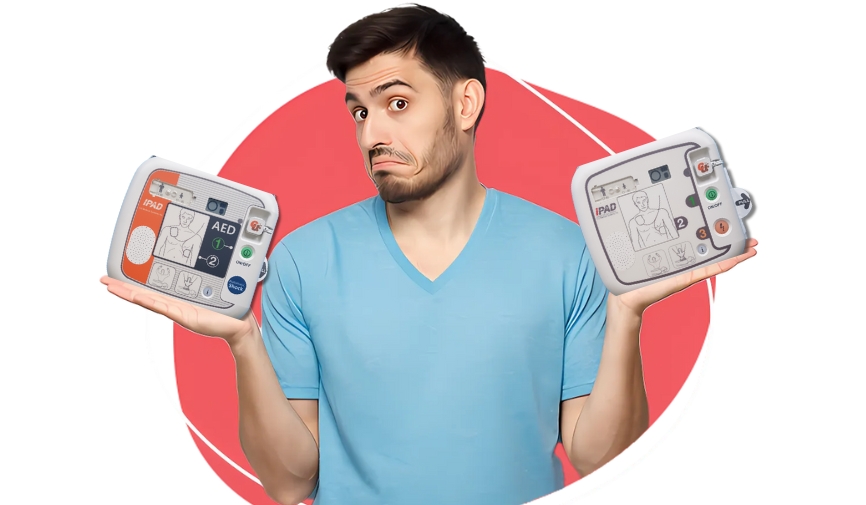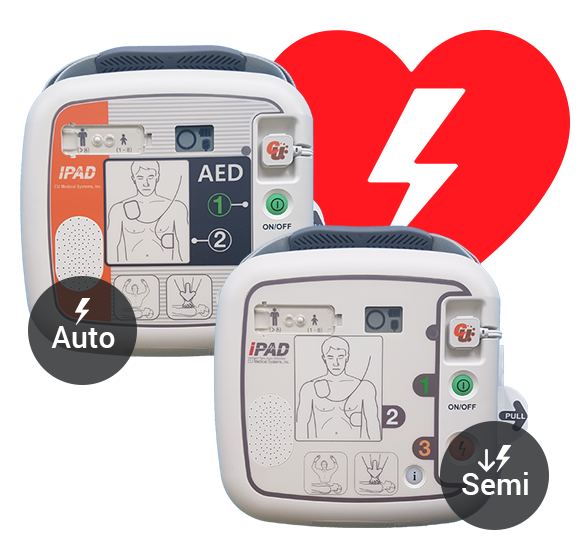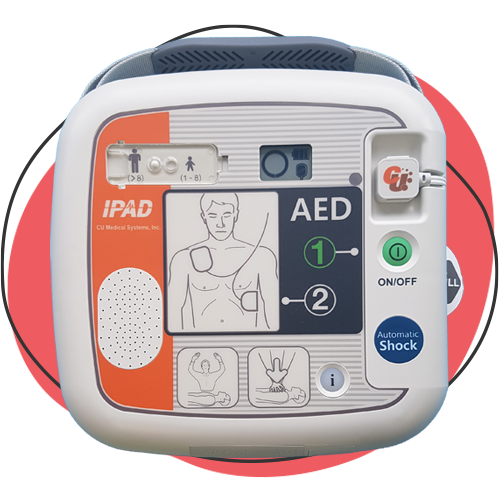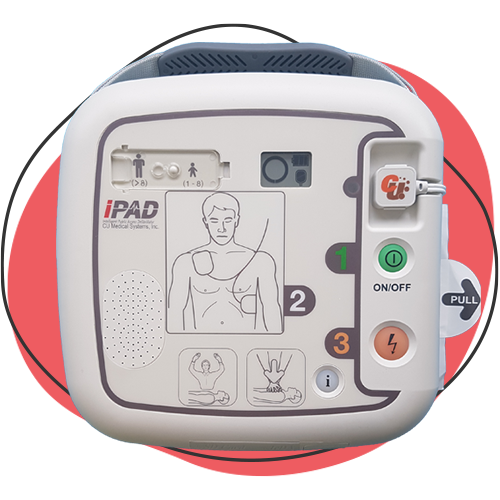We often get asked: what’s the difference between fully automatic and semi-automatic defibrillators, and which type of defibrillator is best? While the terms fully automatic and semi-automatic might sound complicated, the key distinction is simple. Both devices perform the same critical function – providing a life-saving shock to a person in cardiac arrest – but they differ in how that shock is delivered.
The Key Differences Between Fully Automatic and Semi-Automatic AEDs
The main difference between these two types of defibrillators is how the shock is administered. For semi-automatic AEDs, the operator needs to press a button to deliver the shock when the machine advises it. Fully automatic AEDs remove this step. The device analyses the heart’s rhythm and delivers the shock automatically without the need for human intervention.
Both types of AEDs assess the casualty’s heart rhythm to determine if a shock is necessary, but the fully automatic model takes the responsibility of delivering the shock out of the user’s hands.
Why Are Both Options Available?
If the only difference is pressing a button, why do we need both fully and semi-automatic AEDs? It all comes down to the preferences and comfort levels of the people likely to be using them.
What are the pros and cons of fully automatic defibrillators?
One of the biggest advantages of fully automatic AEDs is that they remove any hesitation. In a stressful situation, particularly for those without medical training, waiting for the machine to shock on its own can reduce the anxiety of pressing a button. The operator can follow the medicine’s clear, step-by-step verbal instructions, place the pads on the patient, and then step back while the machine takes over.
By eliminating the need to make a decision about when to press the button, fully automatic AEDs can reduce the possibility of human error.
This is especially useful when a person is unfamiliar with using an AED or when treating someone they know, which can add to the stress of the moment.
Are there other considerations?
It’s worth noting that while a fully automatic AED removes hesitation, the process of delivering a shock can take a few seconds longer compared to a semi-automatic AED.
The machine will give a verbal countdown to ensure everyone steps back from the casualty before it delivers the shock. This brief delay might only be a matter of seconds, but in an emergency, every second counts.
Above: iPAD SP1 Fully Automatic Defibrillator
What are the pros and cons of semi-automatic defibrillators?
For those with some experience or training in using AEDs, a semi-automatic defibrillator can offer the advantage of speed. Without the machine’s countdown, the operator can press the shock button as soon as they are clear, which can shave a few seconds off the process. These precious seconds could make a big difference in a cardiac arrest situation.
Semi-automatic AEDs are designed to empower the rescuer, allowing them to deliver the shock as soon as they judge it’s safe to do so.
This can be particularly effective when the operator is confident and quick to react. For example, if someone is already administering chest compressions, the operator can deliver the shock the instant the compressions stop, maximising the impact on the heart.
The need to press a button can introduce a moment of hesitation.
In the heat of the moment, some people might freeze, unsure of whether to proceed or second-guess themselves. This is why it’s often useful for those using semi-automatic AEDs to have some level of training or familiarity with the device.
Above: iPAD SPR Semi-automatic Defibrillator
Is an Automatic or Semi-Automatic Defibrillator Better?
What you need from your AED entirely depends on the setting in which it’s going to be used. There are some key factors to consider.
Public Places
In public areas like offices, pubs, and schools, a fully automatic AED might be a better choice. These environments are often staffed with people who may not have specific medical training, and removing the need to press a shock button can reduce the chance of hesitation or error.
Workplaces with Trained Staff
In sectors like law enforcement, sports and leisure, and healthcare, many staff members will already have CPR and AED training. Here, a semi-automatic AED may be more effective. Trained staff will be confident in administering a shock quickly, potentially improving the casualty’s chances of survival.
The Pros and Cons at a Glance
| AED Type | Pros | Cons |
| Fully Automatic | It removes the potential for hesitation, is ideal for untrained or stressed rescuers, and is simple to use. | It may take slightly longer to deliver the shock due to verbal countdown. |
| Semi-automatic | Allows quicker shock delivery in experienced hands, offers more control | Hesitation can delay shock delivery in untrained or anxious rescuers |
Looking for Fully and Semi-Automatic Defibrillators to Save Lives?
WEL Medical offers a range of high-quality defibrillators, ensuring you can find the perfect model to suit your needs. Our iPAD SP1 model comes in both semi-automatic and fully automatic varieties, making it widely applicable.
The iPAD SPR is a robust, reliable semi-automatic AED that is supplied with a free carry case. What’s more, there’s a training version of this model, meaning you can make sure you’re fully confident in your ability to use the SPR in an emergency.
To find out more about how our AEDs can help you, get in touch with our team today.









